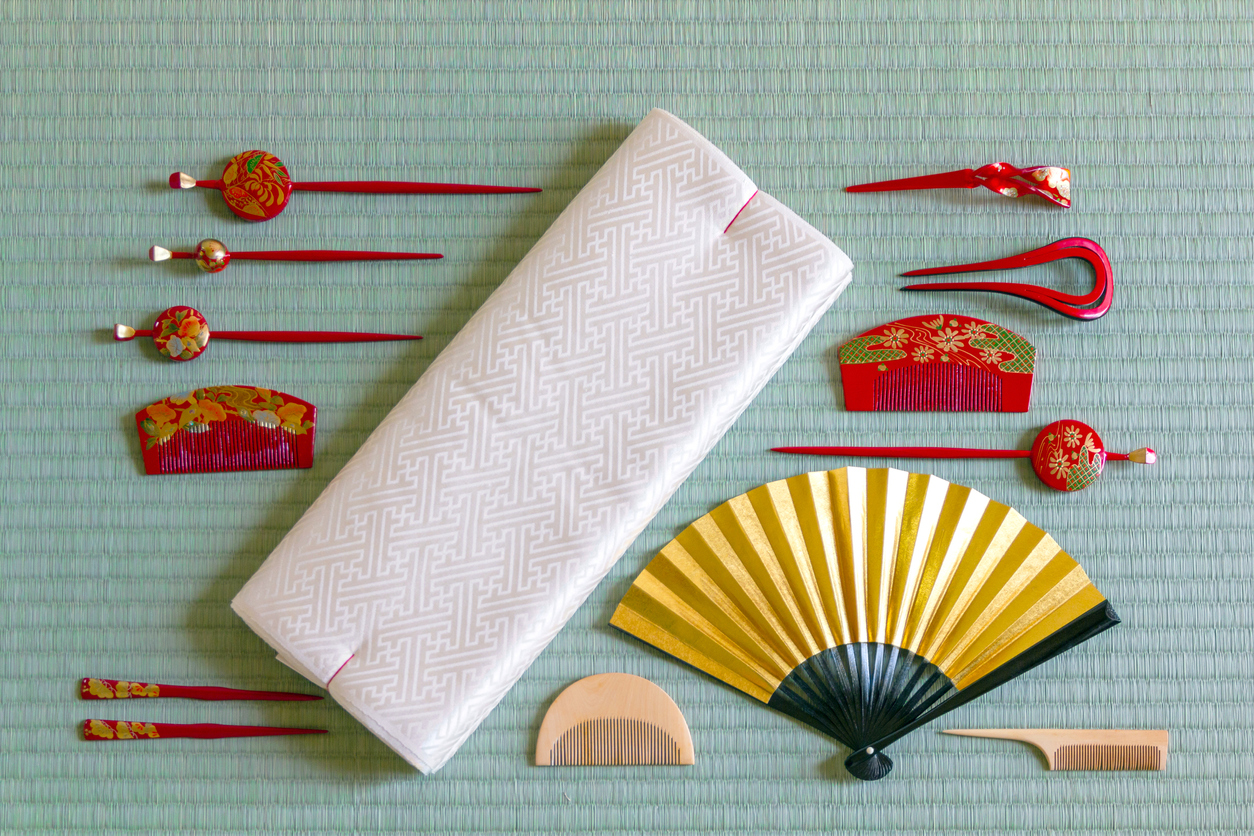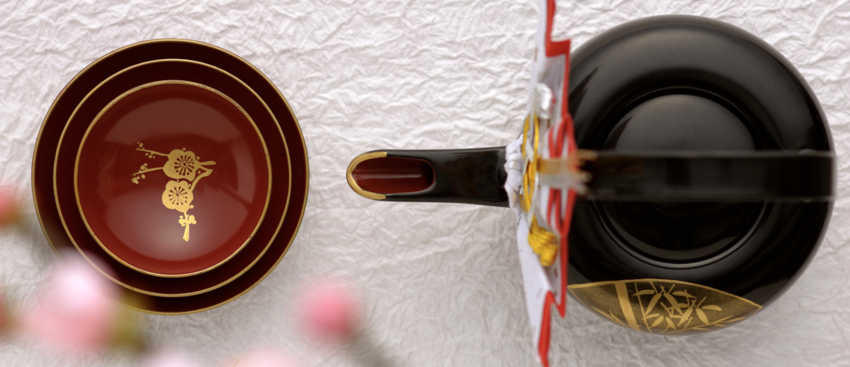While ceramic dishes and metal cutlery are standard fare, there’s something very satisfying about having a bowl that will grow and change as you do.
While there are scores of different traditional handicrafts found across Japan, one with the longest history of all is urushi, or lacquerware.
What is urushi?
Urushi, or lacquer, comes from the varnish made from the sap of the urushinoki, better known in English as the Japanese lacquer tree or Japanese sumac. The items made from and with this lacquer are known in Japan as either urushinuri or shikki.
The history of lacquerware
Lacquer has been used in Japan since the Jomon period, anywhere from 15,000 to 2,300 years ago. During that time, it was mainly used as an antiseptic or adhesive, but over time it became a staple used in both functional and decorative items.

Everything from wooden pencils to everyday use soup bowls, hair combs, and even armor and coffins have been made from lacquerware. It is mainly applied to carved wooden items, but urushi is also used on metal, glass, fabrics and even plastics.
Be careful
The Latin name for the urushinoki contains a hint as to the main problem with lacquer itself — Toxicodendron vernicifluum.
The liquid sap from these and other trees in its family contains urushiol, the same compound in poison ivy and poison oak that cause severe rashes and potentially fatal allergic reactions. In Japanese, the rashes are known as urushi kabure, or urushiol induced contact dermatitis.
While lacquerware products generally don’t cause reactions in users, while taking part in a lacquerware tutorial, my instructor informed me that those who have severe allergies to poison oak and so on might want to appreciate lacquerware from a distance, just in case.
Famous styles
As with most things, there are regional differences to shikki across Japan. Given that the sap is a natural component, knowing when and how to collect it, the quality and viscosity of the substance itself, as well as how long the lacquer will take to dry in a given area varies greatly. This knowledge comes from years of experience — often generations of it — and as such, areas with the longest established traditions of producing urushi tend to also have some of the finest items available.
Click here to read more.
- External Link
- https://savvytokyo.com/
 Take our user survey and make your voice heard.
Take our user survey and make your voice heard.















4 Comments
Login to comment
itsonlyrocknroll
Glorious, breathtaking, created by skilled craftsman.
I wish I could understand the beauty of lacquerware, beyond my philistine lack of appreciation.